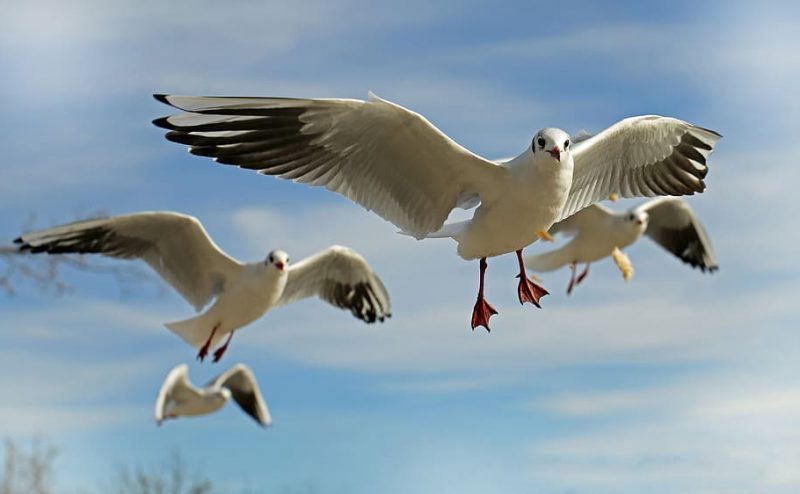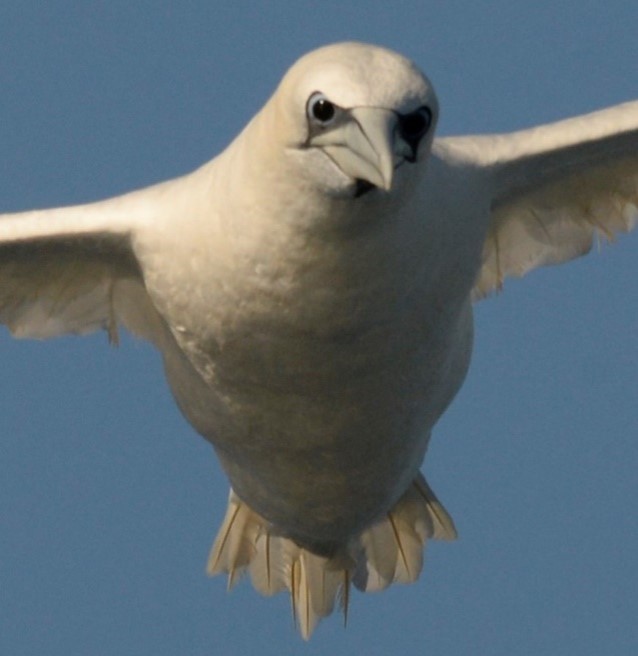Impact of avian influenza on European seabirds. The group behavior of species such as gannets and terns during breeding creates the perfect scenario for the rapid spread of the bird flu virus. Adults come ashore only once a year for several months to build nests, usually congregating on remote islets or bays.
This means that these colonies house a significant portion of the world’s population for some of these species, so the impact on their global population is devastating. Some of the data gathered so far points to a critical situation.

most affected birds
atlantic gannet
At least 75% of existing colonies are affected, with an overall mortality rate of 60%. Scotland is their main nesting ground and more than 11,000 casualties are estimated. In Bas Rock, the largest gannet colony in the world, occupied territory decreased by 71 percent and reproductive success dropped by 66 percent.
big shoals
At least 2,700 dead bodies were counted, a 70% reduction in the occupied territory of the British Isles, the world’s major colony (approximately 8,900 couples), and an estimated 7% of the world’s population dead. In 2021 and 2022, the reproductive success of affected populations will be close to zero. Several of the dead birds were over 20 years old.
little tern
During the 2022 outbreak, a total of 20,531 adults died in just two months in the northwestern European colony, calculating a nesting population mortality rate of 74%.
eyebrow pelican
In 2022, influenza killed 60% of the world’s largest population in Lake Prespa (Greece), and also affected other populations in Eastern Europe. It is estimated that the European population will decrease by 40% and the global population by 10%.
black headed gull
An estimated 10,000 gulls have died in the UK, accounting for 4% of its population, with hundreds more cases in several continental European countries. Impact of avian influenza on European seabirds.
underestimated figures
Since it is so difficult to find the carcasses of dead animals in the wild, these numbers may be grossly underestimated. And because not all colonies have long-term population estimates that allow year-to-year comparisons.
“If these populations are successful, they are expected to take decades to recover,” said Lucía Soliño, SEO/BirdLife Marine Program technical staff. He added: “Seabirds are long-lived animals with long maturation periods and low numbers of chicks . This makes the survival of the adults critical to the survival of the species.
The fact that it primarily affects reproductive individuals is a severe blow to these populations, with an impact that goes beyond immediate mortality and does not appear to diminish in the coming months.”
Data on the possible immunity of birds to the disease is still sparse. In gannets, the darkening of the iris observed in some apparently healthy individuals may be related to overcoming the disease. Although it is unclear how this eye damage affects vision and its chances of long-term survival. Impact of avian influenza on European seabirds.


